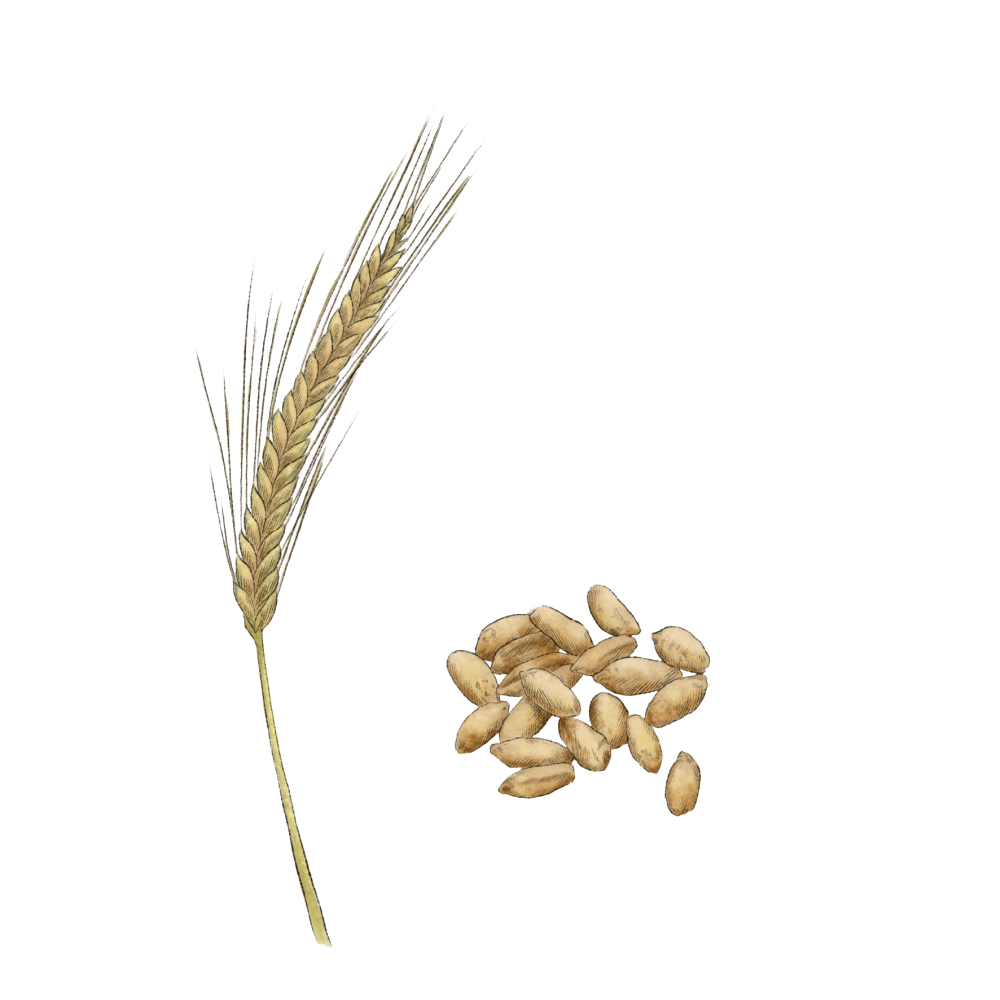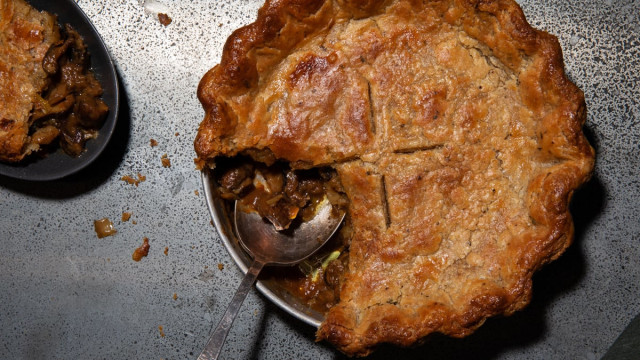Triticale

Latin Name: Triticosecale spp.
Uses: grain
What is triticale?
Triticale is a hybrid of two cereal genera — female durum wheat (Triticum spp.) and male rye (Secale spp.). Crossing the two plants yielded a supercereal: the higher yield and grain quality of wheat, with rye’s disease-tolerance and ability to grow on cold, dry soils. Though you can find it at homebrewing stores for flavoring beer, it’s not as available in markets as farro or Kamut. It’s used in some commercial breads and breakfast cereals, or you can buy it as a sprouting grain.
Why is triticale healthy?
Like wheat, triticale contains about 13% protein. A good source of phosphorus, magnesium, and manganese, it also contains several B-group vitamins, most notably thiamin and folate. Triticale can help circulation, improve metabolic activity, and reduce oxidative stress.
What does triticale taste like?
True to its parentage, triticale tastes like a cross between wheat and rye; triticale flour is a fine substitute flavor-wise for whole wheat. When germinating, it releases a subtle peach-like flavor that makes an incredible addition to beers; brewers report that it brings the spicy earthiness of rye without the bitterness. The sprouts have a sweeter flavor than wheatgrass.
How do I use triticale?
Because triticale flour is lower in gluten than wheat, it has to be combined with wheat flour (or vital gluten) for bread or pizza crust recipes if a chewy texture is your goal. Otherwise, you can use it anywhere you’d use whole wheat flour (which is also lower in gluten), like spice cakes, flapjacks, scones, and quick breads.
What does triticale pair well with?
Its slightly sweeter flavor makes triticale a natural match for dried fruits, nuts, honey, or maple syrup — pretty much any bready thing you want on the breakfast table.
Where does triticale grow?
Triticale was invented in Scotland, which historically grew more oats and rye than wheat due to its cooler climate. Because it was bred to thrive in colder, dryer soils than wheat, triticale is mostly grown in Poland (whose primary crops are largely grains), though Germany, France, and Belarus produce it, too.
How to buy triticale:
Though you can find it at homebrewing stores for flavoring beer, it’s not as available in markets as farro or Kamut. It’s used in some commercial breads and breakfast cereals, or you can buy it as a sprouting grain.
Fun triticale fact:
Triticale is the first crop whose creation and entire 140-year evolution were completely directed by humans. Though it was first bred in Scottish science labs in the early 1870s, it took nearly a century for triticale to become a commercially viable crop. Fertility and productivity issues proved challenging, but by the late 1960s scientists were finally able to produce a vigorous, affordable, and highly nutritious triticale.




